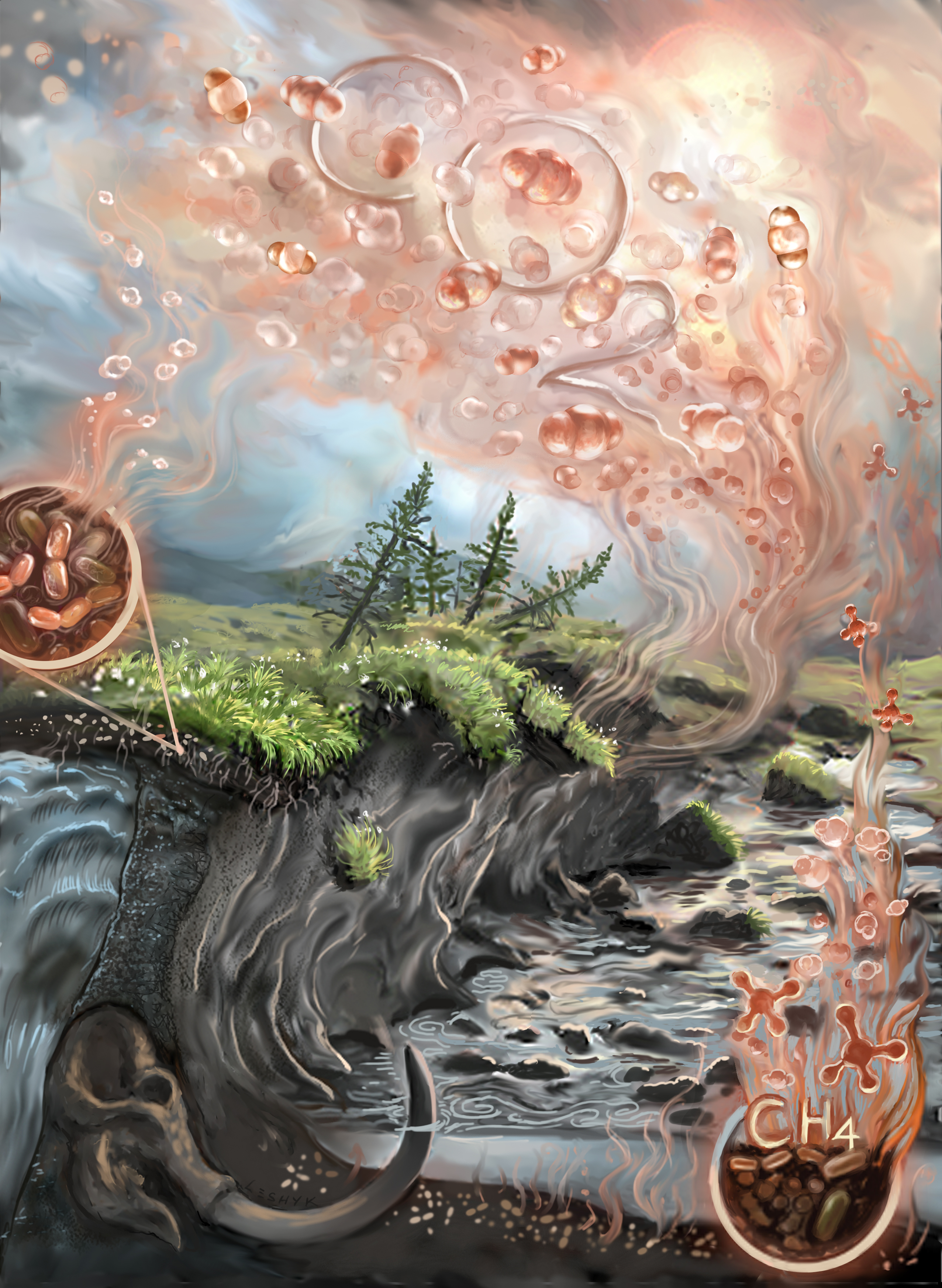Combining and comparing multiple serial dilution assays of particles in solution: application to brucellosis in elk of the Greater Yellowstone Ecosystem
The concentration detection threshold (CDT) is the concentration of particles in solution beyond which a (serial dilution) assay detects particle presence. By our account, CDTs typically are not estimated but are fixed at some value. Setting a CDT to zero (d=0d=0) implies perfect detection, a common assumption, and setting d>0d>0 […]
